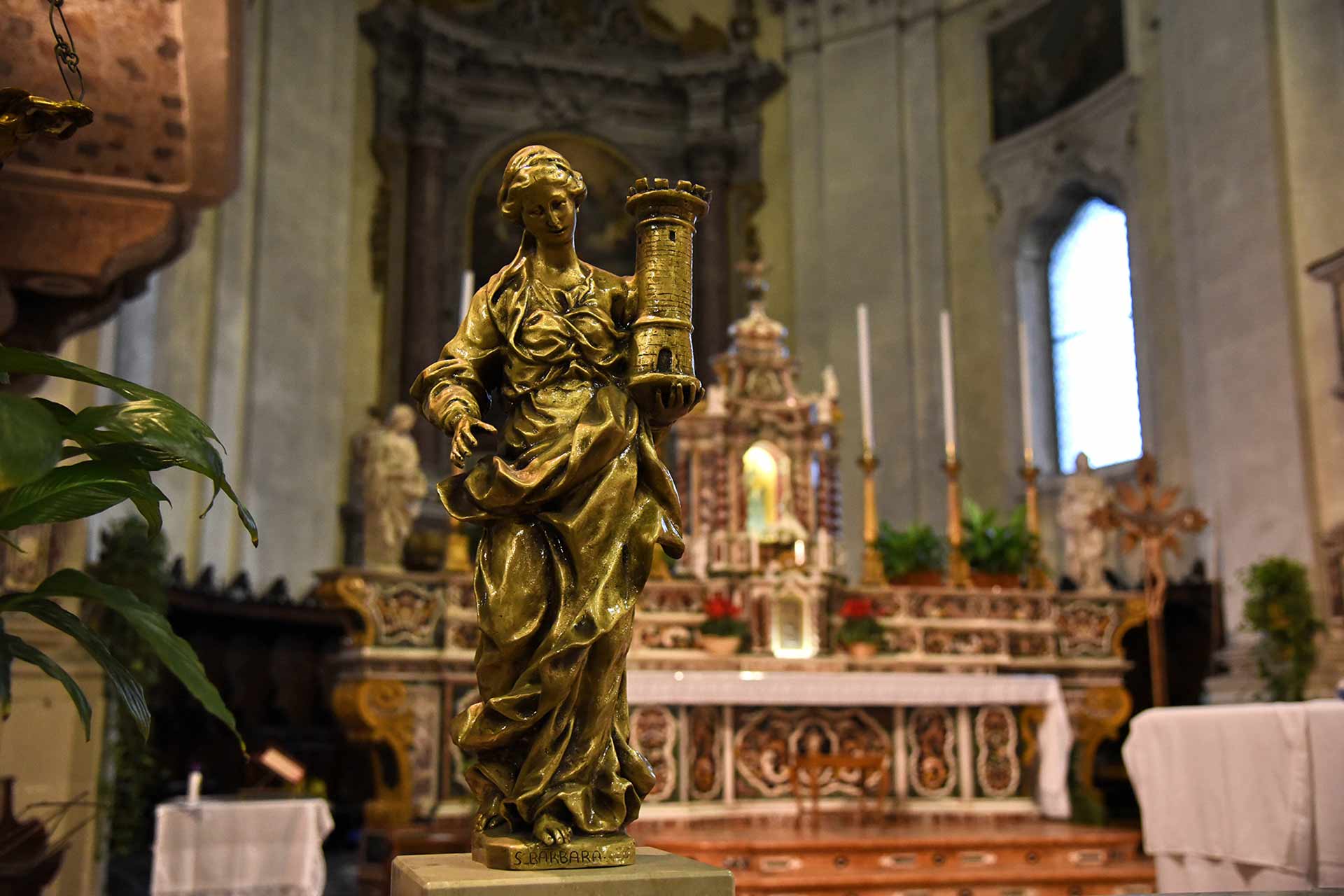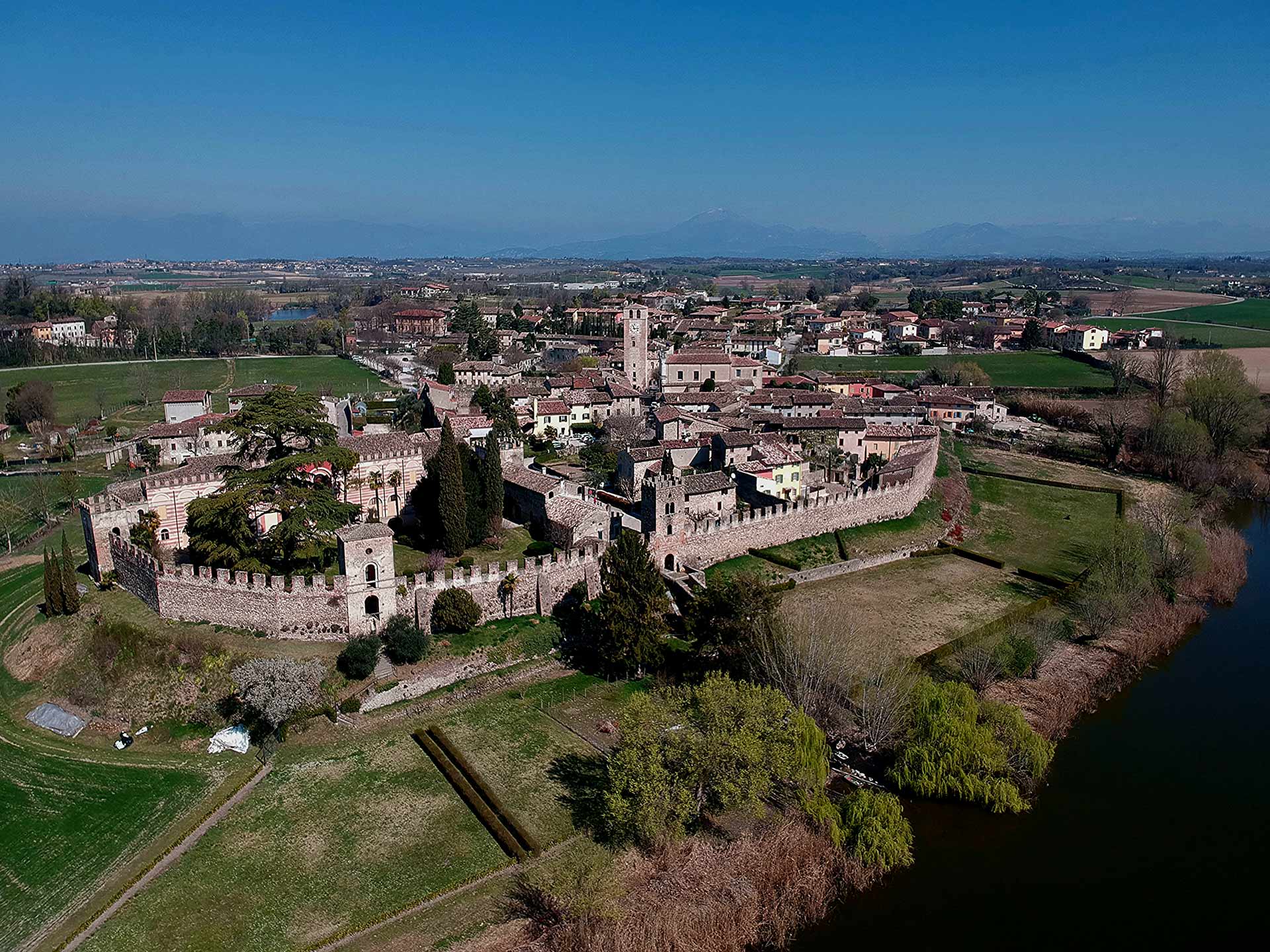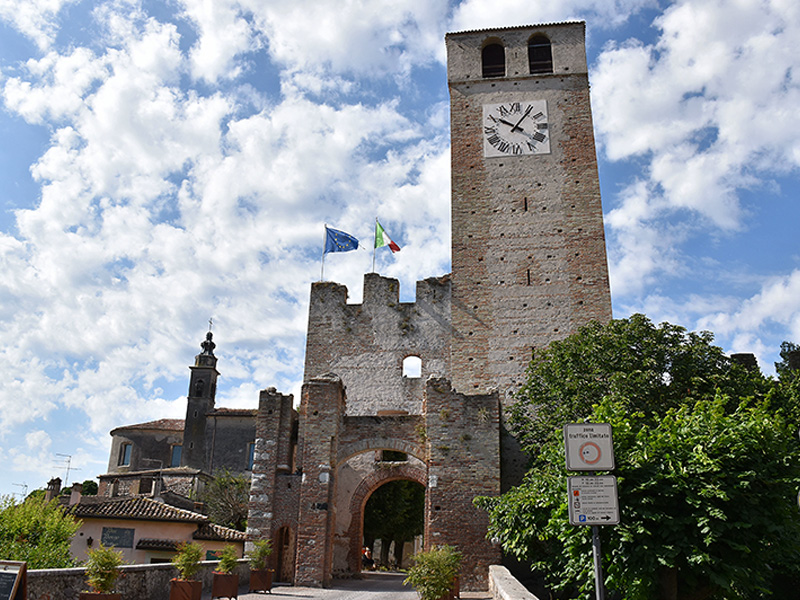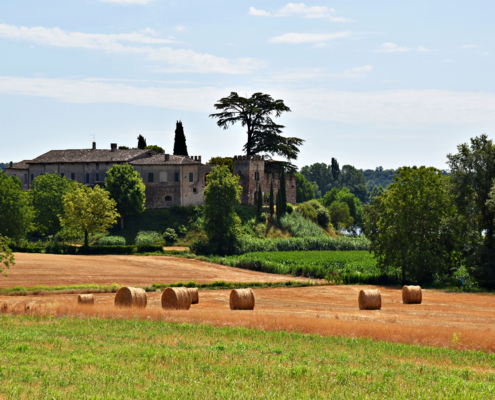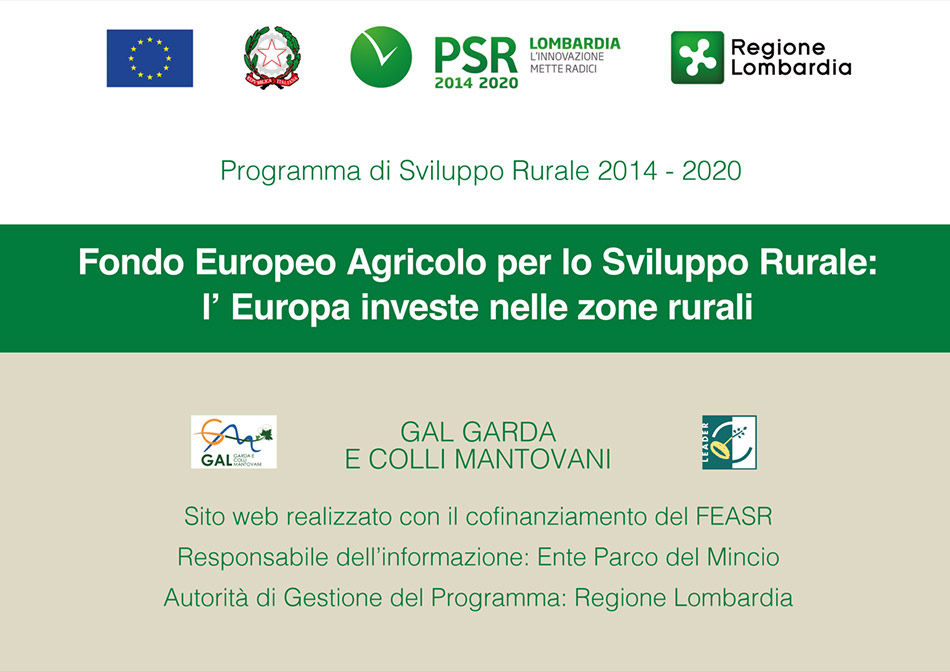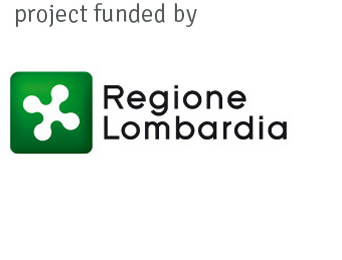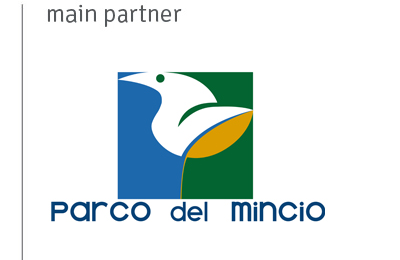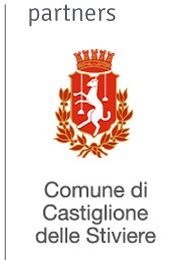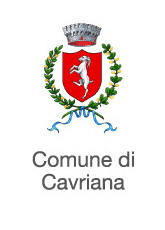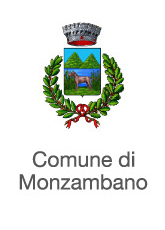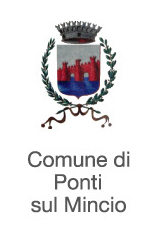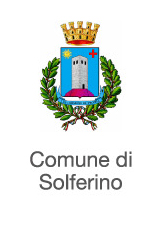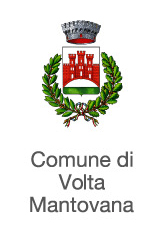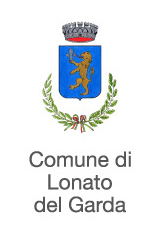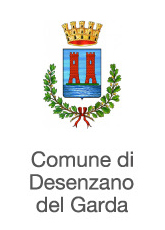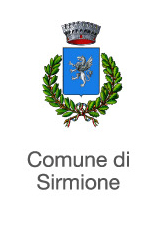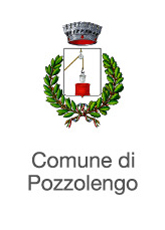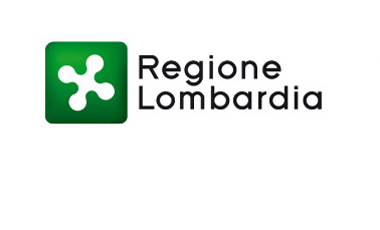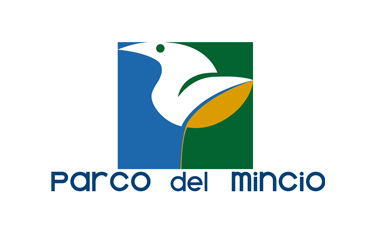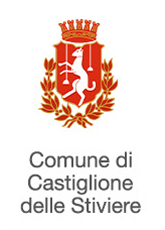![]() – Monzambano
– Monzambano
Church of San Nicola di Bari
The parish church of Castellaro Lagusello, dedicated to San Nicola di Bari, patron saint of orphans, was rebuilt in its current form in the years between 1741 and 1743, on a pre-existing, much older parish church, which was mentioned in papal documents already in 1145.
The façade has two orders, divided by four pilasters, Tuscan at the bottom, Ionic at the top, crowned by frames that support the tympanum.
The imprint of the classical structure can also be seen inside, with a single nave with the perimeter marked by Tuscan pilasters supporting the cornice, from which the barrel vault departs.
Along the nave there are four chapels, interspersed on the left side with the pulpit, with baroque shapes that recall those of the choir located over the entrance door, where the organ is located, and on the right side with the canvas of the Presentation of Mary in the Temple, attributed to Agostino Ugolini, like the Stations of the Cross that crown the entire hall.
Entering on the left – immediately after a sixteenth-century baptismal font – you come across the altar of the Madonna della Cintura, with an eighteenth-century canvas attributed to the Cignaroli workshop.
The second is the chapel of the Sacred Heart; The polychrome marble structure above the altar table dates back to 1714, while the marble decorations of the frontal are more ancient, inlaid with floral motifs that frame the oval with a statue of Baby Jesus represented as King of the universe.
Introduced by a marble balustrade, the presbytery contains the main altar, rich in polychrome and inlaid marble, with the bas-relief of Saint Nicholas in the centre. In the background the apse altarpiece depicting the Madonna and Child with saints, the work of Odoardo Perini, active in the first half of the eighteenth century.
The chapel of San Giuseppe, the second on the right, with a canvas of the Madonna del Carmelo, is finally followed by the chapel of the Madonna del Rosario, crowned by the seventeenth-century canvases of the mysteries of the Rosary which surround a very valuable fifteenth-century wooden sculpture of the Madonna with Child gilded and painted.
Good to know


